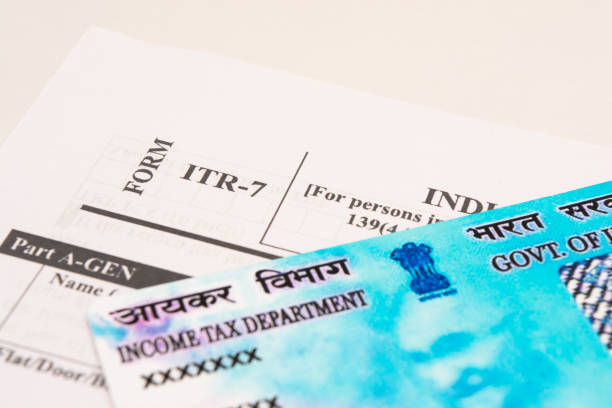
Legal Drafting- Sale Deed
- 2
- customers
A sale deed is a legal document that facilitates the transfer of ownership of a property from the seller to the buyer. It contains details such as the identities of both parties, a description of the property being transferred, the consideration paid, any terms and conditions of the sale, and signatures of the involved parties. Once executed and registered, the sale deed legally transfers the property title from the seller to the buyer, marking the completion of the real estate transaction.
Pricing Summary
Market Price :
₹0
4199 :
All Inclusive
>>
1499
You Save :
2700
A sale deed, also known as a conveyance deed, is a legal document that transfers the ownership of property from one party to another. It is a crucial document in real estate transactions and serves as evidence of the transfer of property rights.
Here’s a brief overview of what a sale deed typically includes:
1. **Parties Involved:** The sale deed identifies the seller (the current owner of the property) and the buyer (the individual or entity purchasing the property).
2. **Description of Property:** The deed includes a detailed description of the property being transferred, including its address, boundaries, and any distinguishing features.
3. **Consideration:** This section specifies the amount of money or other forms of consideration (such as goods or services) that the buyer agrees to pay the seller in exchange for the property.
4. **Terms and Conditions:** The deed may contain specific terms and conditions agreed upon by both parties, such as the timeline for the transfer of possession, any warranties or guarantees provided by the seller, and any contingencies that must be met for the sale to proceed.
5. **Rights and Encumbrances:** The seller typically warrants that they have the legal right to transfer ownership of the property and that it is free from any liens, mortgages, or other encumbrances. Any existing encumbrances on the property should be disclosed in the deed.
6. **Signatures and Witnesses:** The sale deed must be signed by both the seller and the buyer in the presence of witnesses, typically two or more individuals who can attest to the authenticity of the signatures.
7. **Registration:** In most jurisdictions, sale deeds must be registered with the appropriate government authority, such as the local land registry office, to make the transfer of ownership legally binding.
Once the sale deed is executed and registered, the buyer becomes the legal owner of the property, and the seller relinquishes all rights and interests in the property. It is important for both parties to carefully review the terms of the sale deed and seek legal advice if necessary to ensure that their rights and interests are protected.



